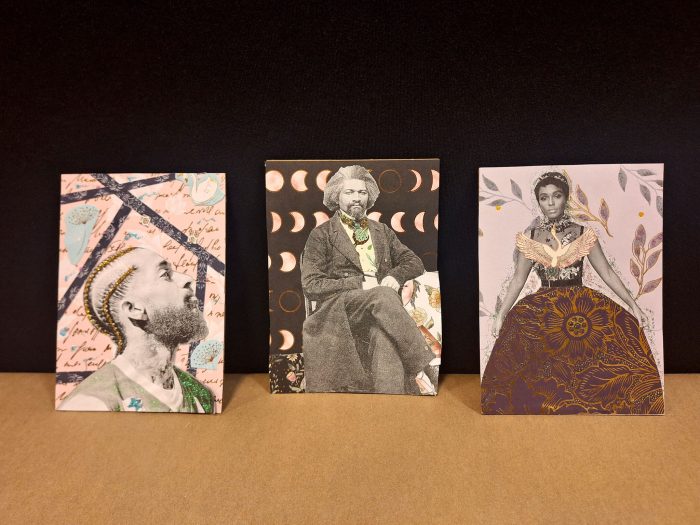You’ve committed to documenting your life with photos! Great! There is no better way to record and remember the people, places and experiences we love than with photographs. And thanks to the advances in this digital age, it has never been easier to inexpensively take a lot of photos. But all too often, these image files fill up our memory cards and are forgotten, as more and more memories continue to be recorded.
Dealing with hundreds of digital photos can be a daunting task when approached all at once. Like everything in life though, an organized system for this process can not only help you get the images from your camera to your computer, but also from your computer into a photo album where they can be enjoyed for future generations.
Step One
Upload and clear your memory card regularly. Each time you take a series of photos be it from the zoo, your children doing a craft project or from a vacation, upload your images to your computer and then format your memory card. This prevents your photos from getting buried under more image files, as well as keeping your memory card working at its optimum speed. Uploading often only takes a matter of minutes and can save you precious time when searching for images later.
Step Two
Follow a simple file system for storing your images. A very simple, straightforward system for storing digital images involves taking advantage of folders and subfolders. Begin with a parent folder titled with the current year. Within the “year” folder, create 12 subfolders, one for each month. Then each time a series of photos is uploaded during the particular month, create another subfolder with the title of that event or activity (i.e. CoopersBday, Zoo). For example, your file progress would then look like this: Pictures > 2013 > July > Zoo. This will come in very handy when looking for a particular image from a particular event because the name of the event or activity will come to mind a lot more naturally than the exact date it took place.
Step Three
Rename the files. If given the chance in your photo-uploading process, rename the files to include the same event/activity title you’ve given the folder you are storing them in.
Step Four
Rank and cull your images. Because we have the ability to snap freely with a digital camera, it is easy to end up with an overload of images from an event. And more than likely, many will be very similar! Take the extra minute to sort through the files and rank only the best of your images, within your photo uploading software, then copy these into their own subfolder titled “Print.” This can take your multitude of photos down to a more manageable amount and make your next step all the more achievable.
Step Five
Print your photos. It is wonderful to take pictures, and it is great to have them nicely organized on your computer. But ultimately, we take photos for them to be seen and enjoyed for years to come. Photo labs make printing your photos convenient and easy with online ordering and home delivery. Plan to place a print order once a month, and thanks to the regular uploading, file organizing and culling you’ve already done, your images are ready and waiting to be sent to the lab. If your goal is to create and print photobooks, this system already sets aside your favorite images taken throughout each month, which makes your design process simple and straightforward.
Step Six
Back-up your photos. Thankfully, since you have printed your photos, you already have one form of back-up achieved. But it is very important to choose a method of back-up for your digital files and to protect your images regularly. This can be in the form of an online service such as Crash Plan or Backblaze, which automatically detects new files on your computer and saves them to their database, or copying your files to an external hard-drive or burning your digital images to disk or USB. Print labs often offer storage of the images you upload to print, as well. Please don’t learn the hard way how important it is to have your precious images protected should your computer crash!
There is only one way to seemingly freeze time, and that is by capturing the details of life with your camera. But remember that taking the photos is only part of your memory keeping process. Organizing the digital files, protecting them from loss, and then printing the images ensures that the memories will live on for you and your family to enjoy.
Lacey Meyers is a Clickin Moms Mentor, Instructor and Photographer. clickinmoms.com.










